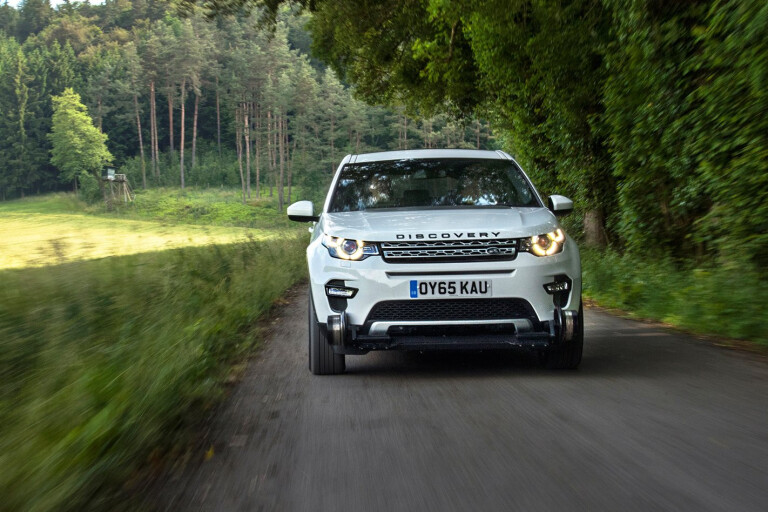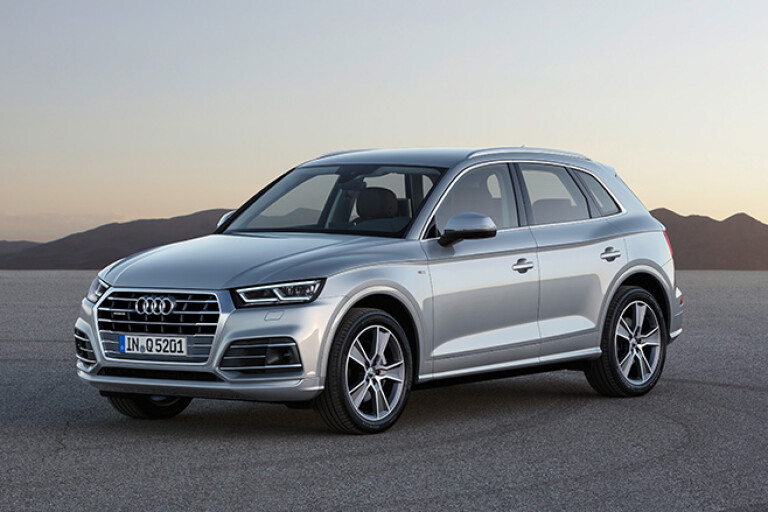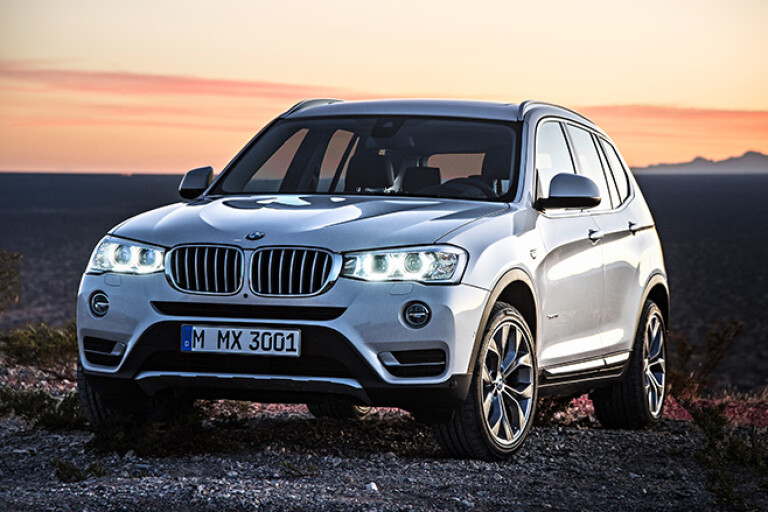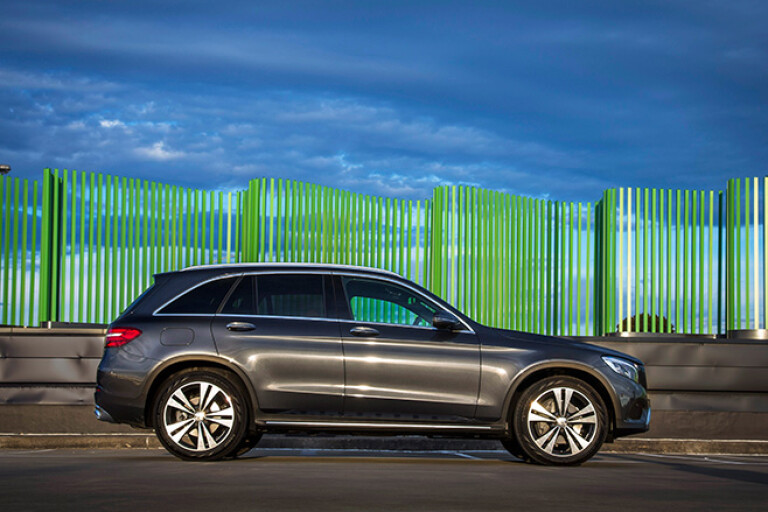
Mercedes may have started the large luxury segment with the M-Class in 1997, but six years later it was BMW that initiated the mid-sized equivalent – with the X3.
The BMW remains one of the most popular SUVs despite the rapid expansion of rivals, with more recent competitors including the Lexus NX and Porsche Macan (both since 2014), as well as the Jaguar F-Pace, released only in September.
Incredibly, Mercedes-Benz didn’t feature a contender in the class until late 2015 – after an engineering oversight on the GLK prevented conversion from left- to right-hand drive.
It’s already making up for the lost time with the new GLC leading the way in 2016 sales, with Land Rover’s Discovery Sport using a better badge and a segment-exclusive seven-seater layout to fare significantly better than the former Freelander 2.
Here, WhichCar provides a guide to any changes planned or expected for the segment’s top four models during the next 18 months – to help you pick the perfect timing for buying one.
The Q5 has previously been Australia’s best-selling luxury SUV, though has more recently slipped out of the highest sales placings as it has matured. A second-generation model, however, arrives in the second half of 2017. Audi’s second iteration of the Q5 was unveiled at September’s 2016 Paris Motor Show with a sharper-looking evolution of the original’s design. Dimensions grow slightly though the Q5 is also up to 90kg lighter depending on model, owing to a new body constructed from a mixture of high-tensile steel and aluminium.
New options for the five-seater will include air suspension, LED Matrix headlight system and Virtual Cockpit graphic instrument display. Audi Australia will be able to choose from five engines to offer initially, comprising three, four-cylinder turbo diesels with outputs of 110kW, 120kW and 140kW, a V6 diesel with 210kW, and a 2.0-litre turbo petrol with 185kW.

The second-generation version of BMW’s mid-sized SUV has been around since 2010, so an all-new replacement expected in 2017 is well timed. Codenamed G01, the next X3 is understood to be switching from its current 3 Series-based platform to the company’s new ‘Cluster’ architecture that will underpin a wide range of models. A plug-in hybrid is highly likely to be part of the drivetrain mix, while for performance fans the big news is that the X3 is finally set to get a flagship M variant. Positioned as a smaller sibling to the X5 M, the X3 M is tipped to be powered by a twin-turbo six-cylinder engine and has already been spotted testing in Europe.

The junior Discovery was a new model in early 2015, replacing the Freelander 2. In October it was given a raft of MY17 updates. A key change under the bonnet says goodbye to Land Rover’s ageing 2.2-litre cast-iron turbo diesel and hello to the company’s new 2.0-litre aluminium version from its Ingenium family. It produces either 110kW/380Nm in the TD4150 or 132kW/430Nm in the TD4180, with both offering better fuel consumption of 5.3 litres per 100km. The same family will provide a 177kW 2.0-litre turbo petrol, though it won’t be available in Australia until the second half of 2017 at the earliest.
MY17 Discovery Sports also add Low Traction Launch to their off-roading capabilities. The feature allows the driver to manually match the vehicle’s electronic driving assistance systems to the prevailing surface conditions, such as gravel or snow. Lane Keep Assist becomes a new, camera-based optional driving aid, and also helps to monitor driving behaviour to assess for potential drowsiness behind the wheel.
On the infotainment side, Land Rover’s most advanced system – InControl Touch Pro – is now available on SE and HSE grades as part of an Entertainment Package. Integrated to both standard and optional infotainment systems is Tile tracking – a system that allows owners to attach Bluetooth tracking tags to essential items such as keys. Using a combination of the Tile smartphone app and InControl Touch, owners will be alerted if the items are not detected in the vehicle – so they don’t drive off without them.

The GLC is still relatively hot off the assembly-line press, having been released at the very end of 2015. It was a much-needed SUV for the German car maker in Australia, which has had to cope without an offering in the mid-size segment due to the previous GLK being available only in left-hand-drive markets.
Three engine choices are presently offered, comprising the $64,500 125kW/400Nm 220d diesel, $69,900 150kW/500Nm 250d diesel, and $67,900 petrol 250 with 155kW/350Nm. The range will be joined by a GLC43 AMG featuring a twin-turbo V6 and a flagship GLC63 AMG powered by a twin-turbo V8. In November/December 2016, a GLC Coupe will also enter showrooms. Confirmed pricing adds a significant premium for the sportier-styled spin-off, which starts from $77,100 for a range that will mirror the regular GLC engine line-up, although adds more standard features. These include AMG Line body kit and Dynamic Body Control.



COMMENTS